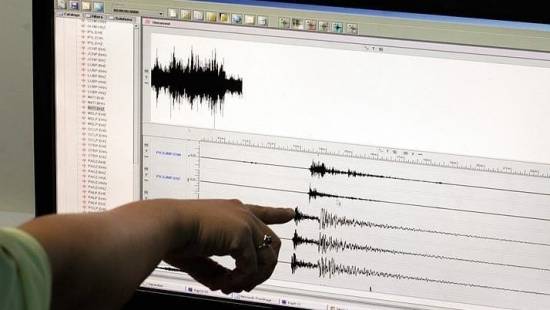Frequent quakes kill more than 12,500 people in Afghanistan over past 60 years
Apart from civil wars and foreign military interventions, natural disasters and persistent earthquakes have caused massive death and destructions in Afghanistan over the past 60 years.
Wednesday’s earthquake that struck a rural, mountainous region of southeastern Afghanistan, killing hundreds of people, is one of a series of deathliest quakes that have hit the country.
According to the data compiled by Anadolu Agency, 12,555 people have died in the past 68 years in Afghanistan due to massive earthquakes.
Early this year, 22 people were killed in a Badghis, northwest of Afghanistan, on the border with Turkmenistan. In 2015, 399 people were killed when the quake struck the Hindu Kush mountains. In 2002, 1,000 people lost their lives in the provinces of Baghlan, Nahrin. The same year in another quake, 166 people died in Samanghan, Kabul, Rustaq.
In Feb 1998, in Rostaq, in Takhar Province, Afghanistan, along with Tajikistan, 2,323 people lost their lives in the quake. Just three months later, another quake hitting Badakhshan and Takhar consumed 4,700 people. In 1999, the quake hit Lowgar, Vardak, and Kabul, killing 70 people.
Scientists believe that Afghanistan is situated in a geologically active region of the world with an ever-present threat of strong earthquakes.
“The location of the country is on the boundary where two tectonic plates, the Iranian Plate and the Eurasian Plate, meet. To the south of Afghanistan, the Indian Plate moves northwards and to the north, the Eurasian Plate moves south-eastwards,” maintains the US Agency for International Development, which has prepared a seismotectonic map of Afghanistan.
The collision resulting from the movement of the plates has been underway for 50 million years. Due to this, Afghanistan is vulnerable to earthquakes.
According to scientists, both the Iranian Plate and the Eurasian Plate consists of continental crust, which can neither sink nor be destroyed. As a result, the rocks between the two plates are forced upwards to form mountains.
As scientists are still grappling to find the exact cause of Wednesday’s quake, mostly such disturbances in this region are caused due to the constant movement of the Iranian Plate, which increases pressure on the curst of the earth.
According to Global Facility for Disaster Reduction and Recovery (GFDRR), the earthquake hazard is classified as high, which means that there is more than a 20% chance of potentially-damaging earthquakes shaking the region. Besides the movement of tectonic plates, there are many small, interacting faults in the Hindu Kush mountains in this rugged region.
Aid workers are worried about the capacity of the cash-strapped Taliban-led administration to cope with the massive tragedy. They believe that even before the Taliban took over Afghanistan last year in August, the country was facing a drought and mass displacement driven by the conflict and extreme poverty.
As many as 43% of the GDP during the previous government of President Ashraf Ghani was financed by foreign aid, according to the World Bank.
About 75% of public spending was funded by foreign aid grants, while 90% of Afghans lived on an income of less than $2 a day, and an estimated 18.4 million people — nearly half the country’s population — needed humanitarian aid.
The freezing of assets and international aid -- a move intended to halt the flow of money to the Taliban – has risks of making quake victims and people of Afghanistan collateral victims./aa


